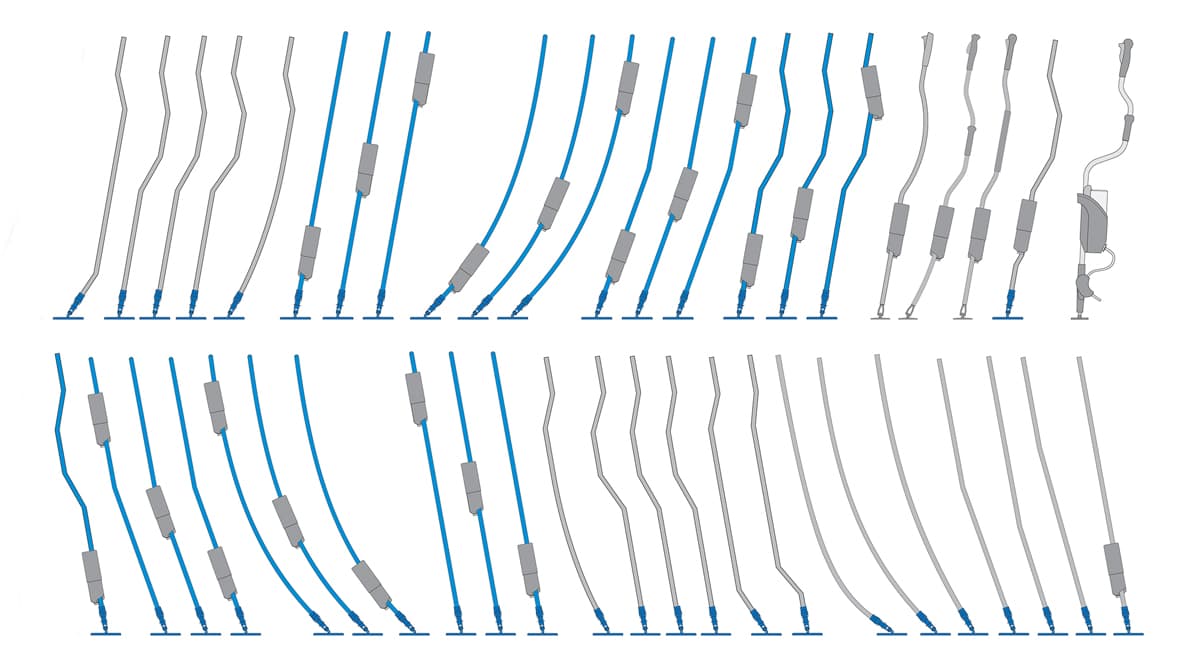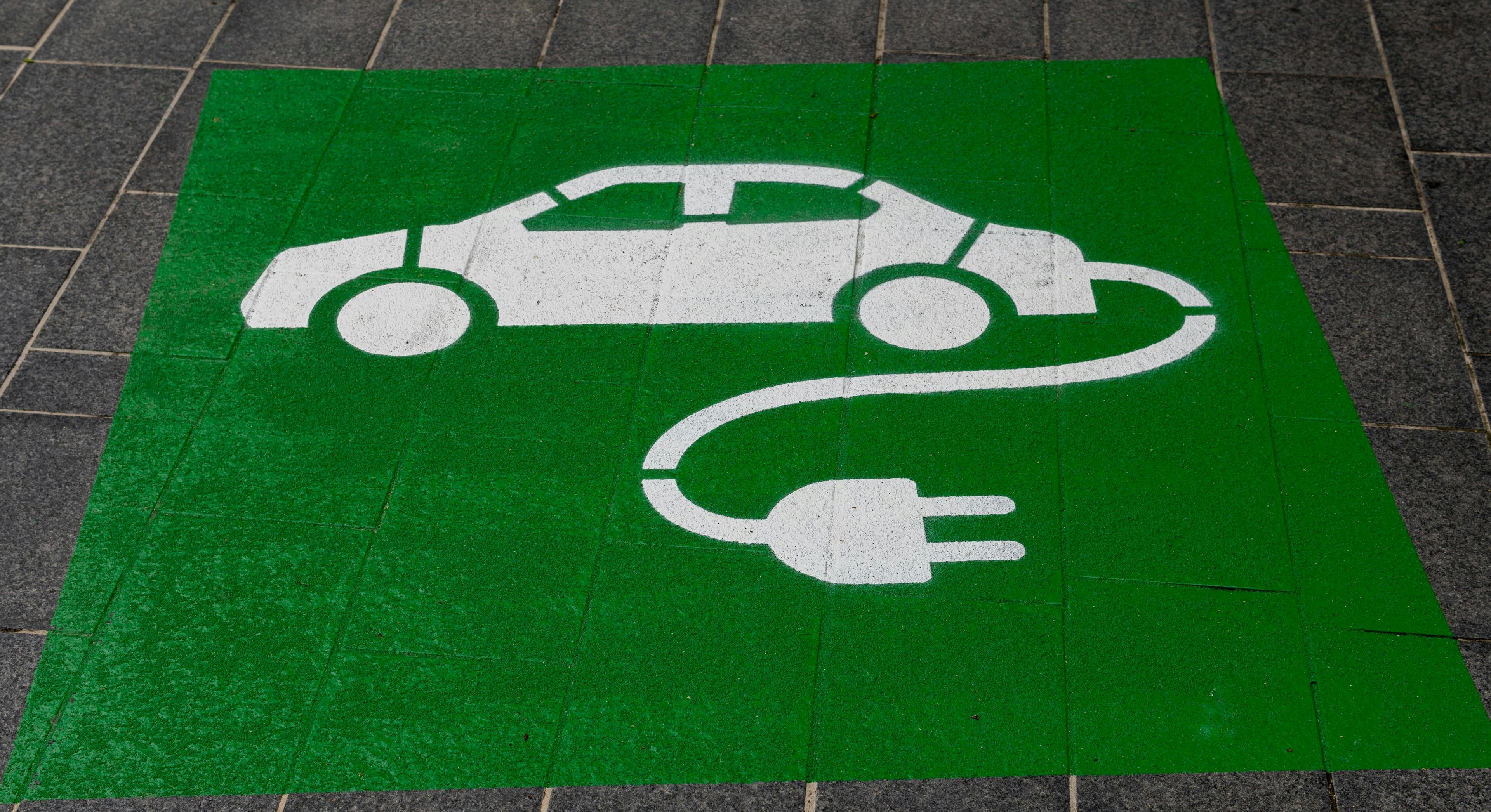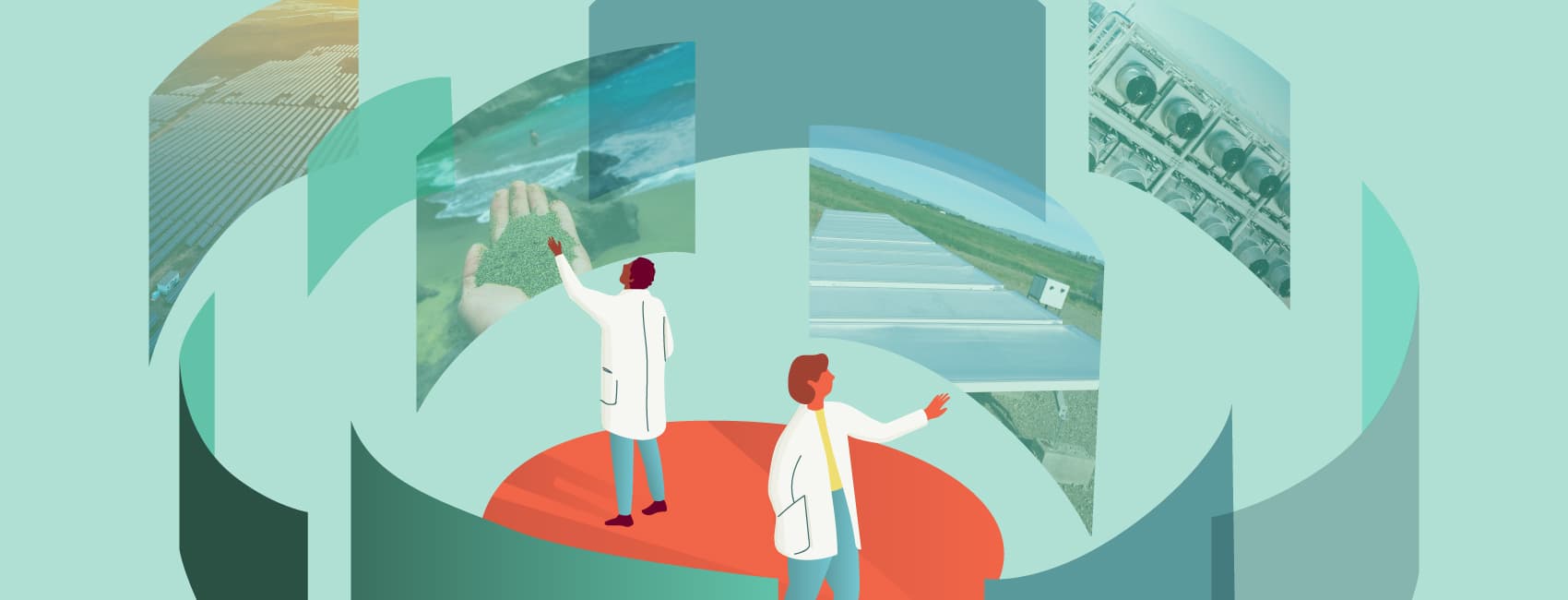How ‘Forecasting and Backcasting’ Enable Disruptive Innovation
Forecasting and backcasting provide a framework for disruptive innovation by establishing a solid structure to support big, strategic thinking.
How ‘Forecasting and Backcasting’ Enable Disruptive Innovation
Incremental and disruptive innovation occupy two opposite ends of the innovation spectrum.
A lot of companies excel at incremental innovation, where products are improved step by step.
While that’s important, it’s disruptive innovation that leads to major breakthroughs.
Disruptive innovation happens in leaps and bounds. It’s the kind of innovation that changes the rules of an industry — think Uber or Netflix.
Disruptive innovation is less intuitive than incremental innovation, so it requires a different approach. Companies might be able to see one or two steps ahead, but it’s harder to envision what lies ten or twenty steps down the road.
That’s where forecasting and backcasting come in.
Creating a Framework for Disruption
Forecasting and backcasting are techniques that provide a framework for disruptive innovation. They provide a solid structure to support big, strategic thinking.
They’re based on the principle that disruptive innovation requires visionary direction in order to happen in jumps and leaps, as opposed to steps.
Predicting the Future Based on Current Trends
Forecasting predicts probable future scenarios based on trend analysis. From the different scenarios, companies can determine their vision of the future.
Strategists use a combination of socio-cultural, consumer, and technology trends to imagine future scenarios. Depending on the industry, this future can be five years, ten years, fifteen years from now — or more.
For example, a company that manufactures a product related to urban life might want to envision what cities around the world will look like in 2030. A manufacturer of products for children might want to construct a vision of what play will consist of in 2025.
Pictured below is a scenario of the future that depicts modes of healthcare delivery on a city street in 2030. A drone delivers prescription drugs, and a mobile kiosk diagnoses a resident’s sore throat.
Where to Look for Emerging Trends
At Delve we monitor global consumer trends, industry-specific shifts, and emerging technologies.
Globally, we see consumers seeking convenience, wellness, ethical living, radical personalization, and connection. Those social trends paint a picture of the world people want to live in, and we can use that to predict which products they might use.
Product designers can look for trends everywhere. We’ve seen gaming trends — like gamers who want to socialize — drive product design innovation.
Regulatory trends are influencing medical device design, and the auto industry’s interest in self-driving vehicles has led to a technology trend, with sensors coming down the cost curve enough to be integrated into everyday wearables.
Each year Delve attends the Consumer Electronics Show (CES) in Las Vegas to catch up on the newest emerging tech. In 2019, micro-electrical mechanical systems (MEMS), powerful signal processors for mobile devices, and virtual reality stole the spotlight. These technology trends will shape the future and are examples of the kinds of inputs to be considered in your forecasting.
Backcasting Provides a Path Forward
Once you have a vision for the future, you can plan the steps that it will take to get there. This is where backcasting, or forecasting in reverse, comes in.
Backcasting is the process of taking your vision of the future and figuring out the strategy and tactics needed to achieve it. It allows you to identify the opportunities and obstacles that will come up as you move toward your ideal outcome.
What key events, changes, or technologies will be required to reach your future destination? Backcasting creates a roadmap toward your imagined future. It provides actionable steps and a path forward.
Amazon’s Forecasting and Backcasting Success
Amazon is one example of a company that created a clear vision and used backcasting to generate a path to disruptive innovation.
When Amazon started as an Internet bookseller back in 1995, their mission statement was “to be Earth’s most customer-centric company, where customers can find and discover anything they might want to buy online, and endeavors to offer its customers the lowest possible prices.”
This goal persists today, but they have redefined who their customers are, and they envision a future in which Amazon serves all aspects of their customers’ lives. This is an example of a vision based on the company’s desire, rather than on analysis.
While Amazon never stops taking incremental steps, they’re also making jumps — such as developing the Alexa platform, going into home automation, and acquiring Whole Foods. These jumps enable Amazon to engage consumers in ways that far beyond surpass what an e-commerce site could do.
All these jumps were planned years ago when the company asked itself, “How do we serve all aspects of consumer life in the future?”
Disruptive Innovation Is About More Than Products
Disruptive innovation isn’t just about the products you offer. It’s equally important to consider how you’ll offer those products. Most successful disruptors change the business model, not just the product.
Uber is a perfect example. At its core, Uber provides the same product as taxis: a way to get from point A to point B. But it’s the way Uber provides that service that has disrupted the taxi industry.
As you envision the future, ask yourself how consumers will want to interact with your products in five, ten, or fifteen years.
Disruptive Innovation Doesn’t Happen Overnight
Because you’re imagining a hypothetical future, the conditions to enable that vision of the future may not yet exist. Technologies may not be fully developed, or consumers may not be ready for widespread adoption.
When Netflix launched in 1997, its initial offering (renting movies via snail mail) only appealed to niche consumers. It wasn’t until Netflix began streaming content that it changed the rules of the video rental industry. The technology Netflix needed to stream videos wasn’t widely available in the late ’90s, but that didn’t prevent the company from working toward disruption.
Companies who excel at disruptive innovation take a strategic approach. They work to create the conditions that will be necessary to fulfill their vision. It may mean a series of tactical moves that nudge the consumer closer to their vision, or a multi-step approach to develop and refine the technology.
How Can You Put Forecasting and Backcasting To Use?
In today’s extremely competitive marketplace, and with consumer behaviors evolving faster than ever, companies need to look to the future to achieve the greatest impact.
If you want to innovate in leaps and bounds, rather than step by step, take some time to ask yourself what socio-cultural, consumer, and technology trends are influencing the products you design? How are your consumers changing? What do they value or expect?
What future do you want to create? We can help you find out.
To explore other key product design principles, download our ebook, Design Defined:
Learn more about Product Design Strategy & Research - Delve Services.







